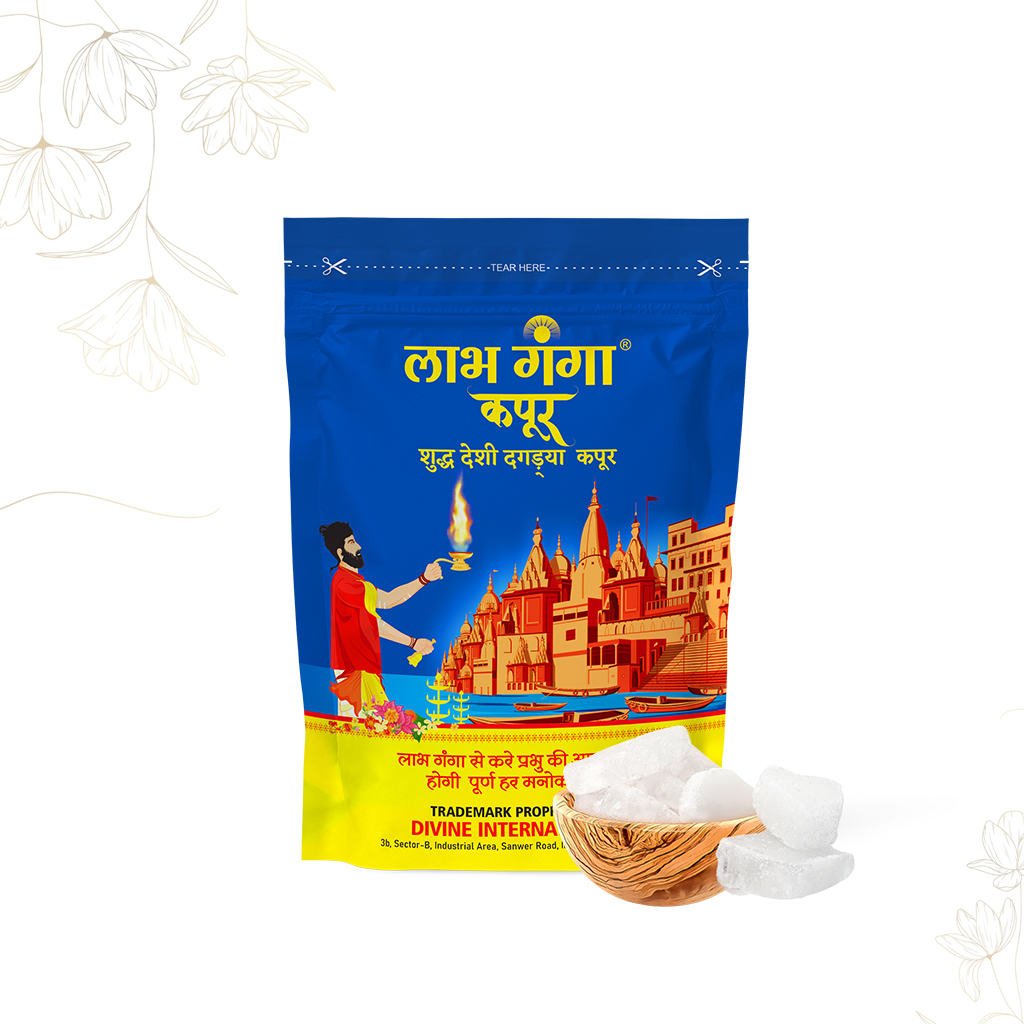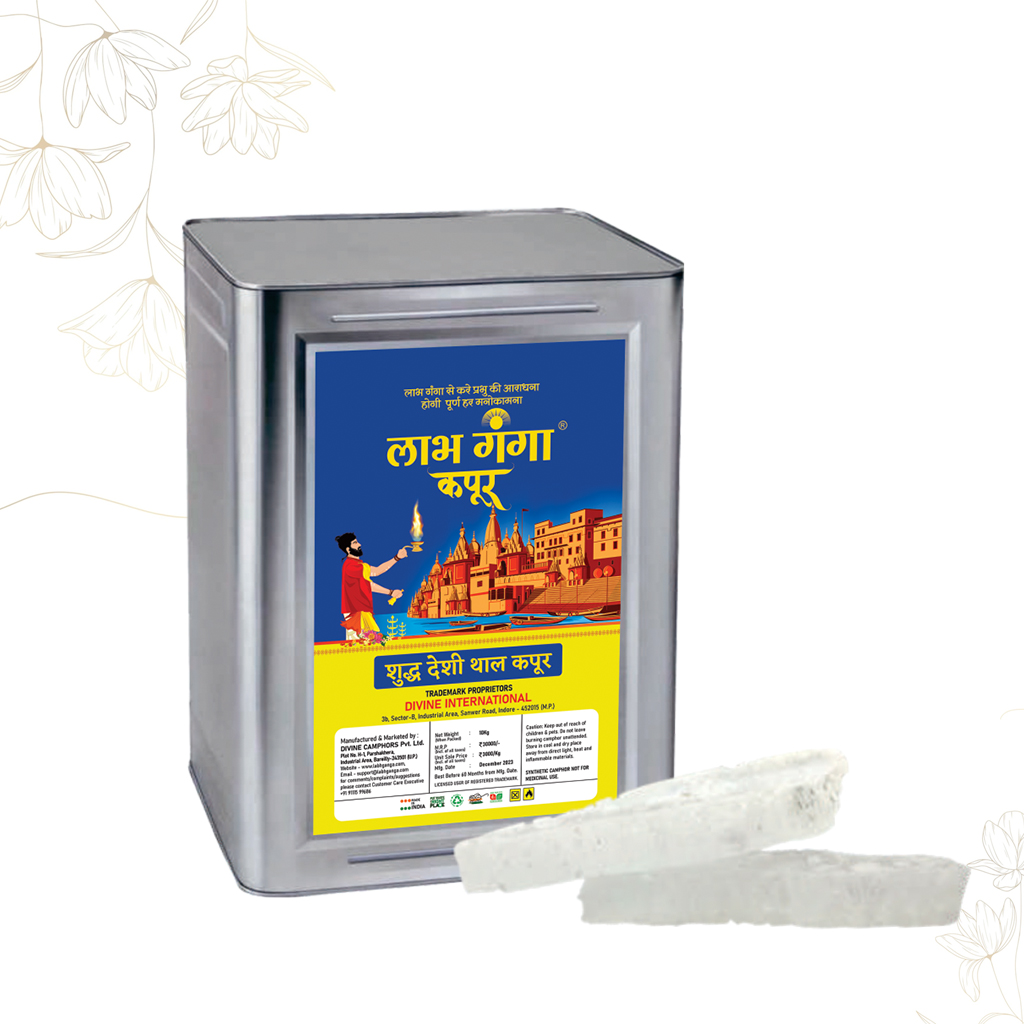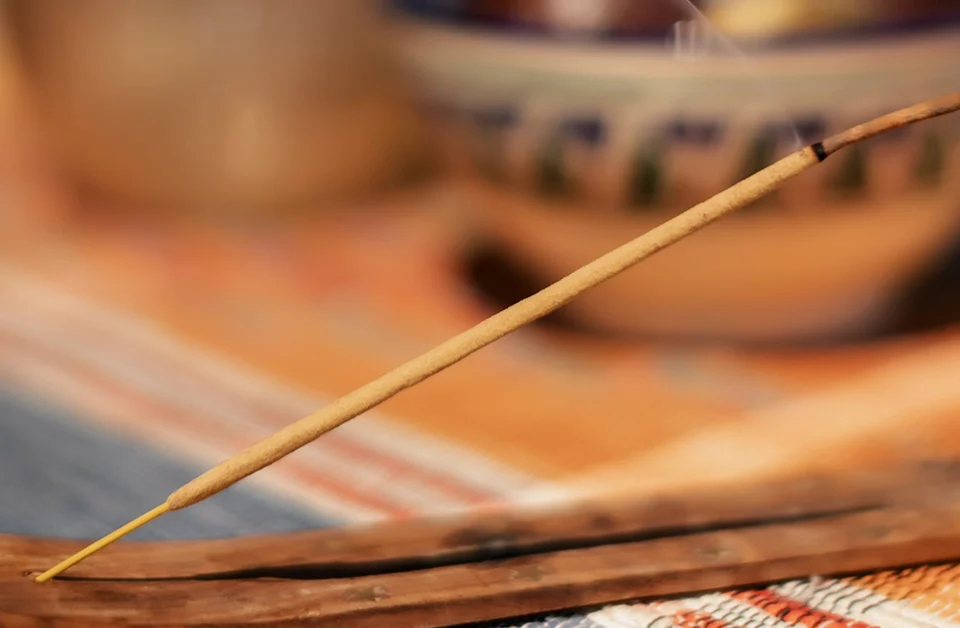
Aromatic Offerings: The Art of Incense in Indian Spirituality
The Sacred Fire: Unveiling the Spiritual Significance of Havan in Indian Rituals
In the vibrant mosaic of Indian rituals and traditions, the ancient practice of havan stands as a timeless beacon, igniting the flames of spirituality and connecting the earthly with the divine. This article aims to delve into the profound significance of havan, exploring its roots, the ritualistic process, and the transformative power it holds in the tapestry of Indian spirituality.
I. Origins and Evolution of Havan in Indian Culture
Havan, also known as Yajna or Homam, finds its roots in the sacred texts of the Vedas, the oldest scriptures of Hinduism. The ritual has evolved over millennia, embodying a holistic approach that blends cosmic, physical, and metaphysical elements. Originally performed as a means of cosmic cooperation, havan has become a cornerstone in various Hindu ceremonies, symbolizing the interconnectedness of the universe.
II. The Sacred Fire: Symbolism and Spiritual Significance
At the heart of the havan ritual is the sacred fire, Agni, personified as the divine messenger between humans and the gods. The flames represent the transformative power of the divine, purifying both the offerings and the participants. As the offerings are consumed by the fire, it is believed that the prayers and intentions ascend to the celestial realms.
III. Ritualistic Process: Crafting a Sacred Symphony
The process of havan involves a meticulously choreographed sequence of steps. A designated fire pit, often constructed with specific dimensions, becomes the focal point. The offerings, known as samagri, include various items like ghee, grains, herbs, and fragrant substances. The chanting of Vedic mantras by a knowledgeable priest or the participants adds a melodic resonance to the ritual, infusing the atmosphere with spiritual energy.
IV. Types of Havan and Their Purposes
Havans come in various forms, each serving a distinct purpose. From the Grah Shanti havan for peace and harmony to the Sudarshana homam for protection, the diversity of havans reflects the multifaceted needs of individuals and communities. The specific mantras and offerings vary, aligning with the intended outcome of the ritual.
V. Havan in Daily Life: Nurturing Spiritual Connection
While grand havans are conducted on special occasions, the practice can also be incorporated into daily life. Performing a simple havan at home allows individuals to establish a personal connection with the divine, fostering spiritual growth and invoking blessings for the family.
VI. Healing and Purification: The Therapeutic Essence of Havan
Beyond its spiritual dimensions, havan is believed to have therapeutic effects on the participants. The combination of the sacred fire, aromatic offerings, and Vedic chants creates a harmonious environment that is conducive to mental and physical well-being. Many practitioners attest to the calming and purifying effects of participating in a havan.
VII. Contemporary Relevance: Havan in the Modern World
In the hustle and bustle of the modern world, havan retains its relevance. Many seek solace and spiritual connection through the ritual, finding a timeless sanctuary in the flames that bridge the material and spiritual realms. The adaptability of havan ensures its continued practice, evolving to meet the spiritual needs of diverse communities.
VIII. Conclusion: Flames of Continuity in a Changing World
As the flames dance in the havan kund, they weave a story of continuity and connection that transcends time. The ritual continues to be a source of spiritual nourishment, a reminder of the eternal dialogue between humanity and the divine. In the sacred space of the havan, the echoes of Vedic mantras and the crackling of the fire resonate, offering a timeless sanctuary for those seeking solace, transformation, and a profound connection with the divine.

















